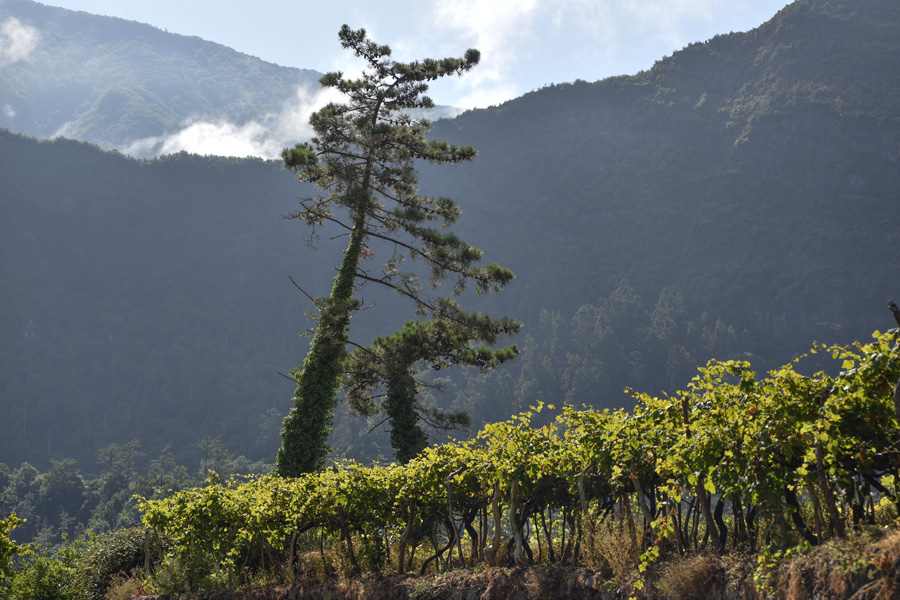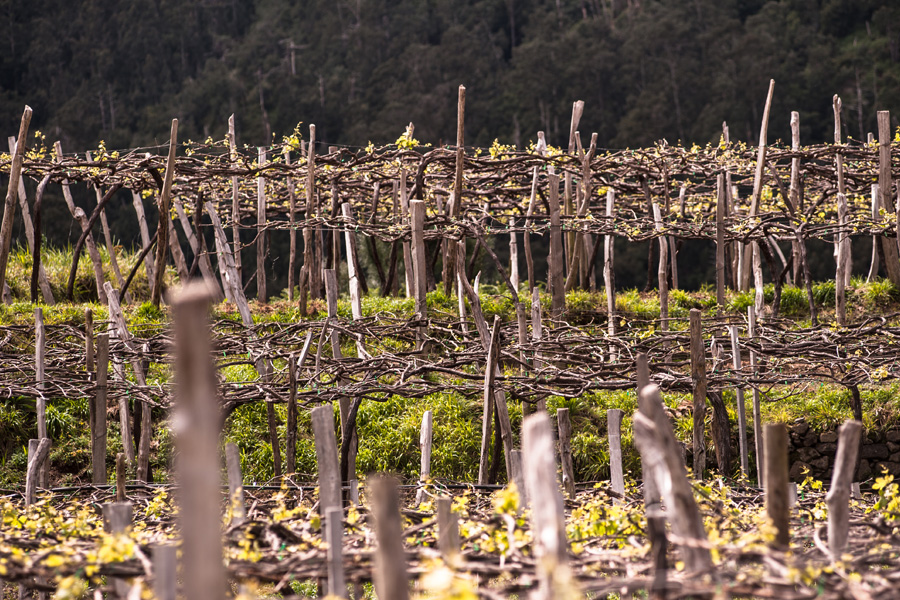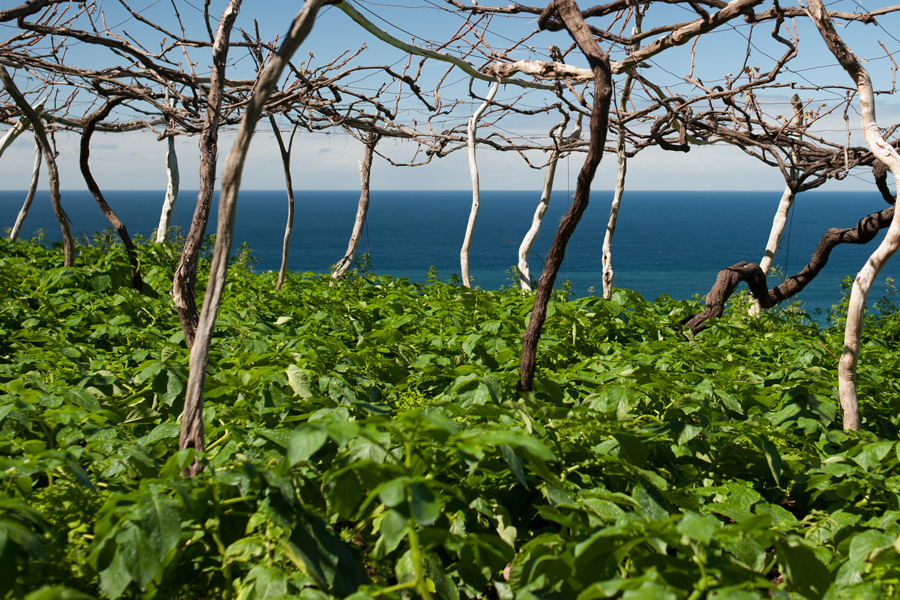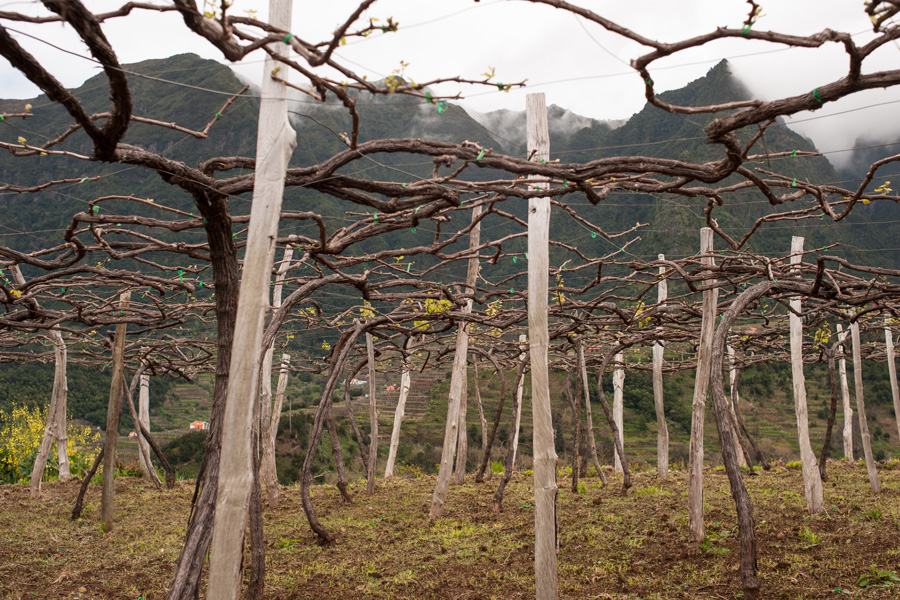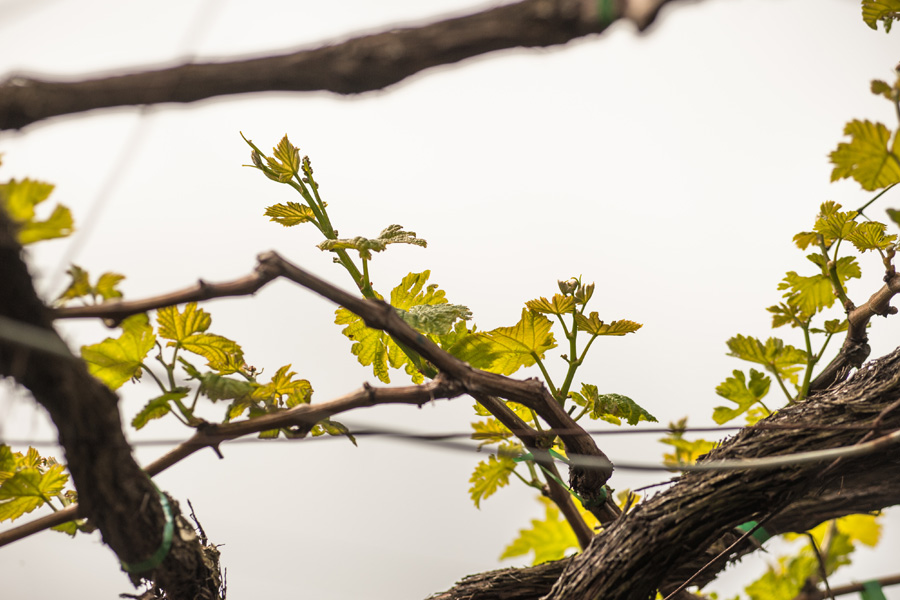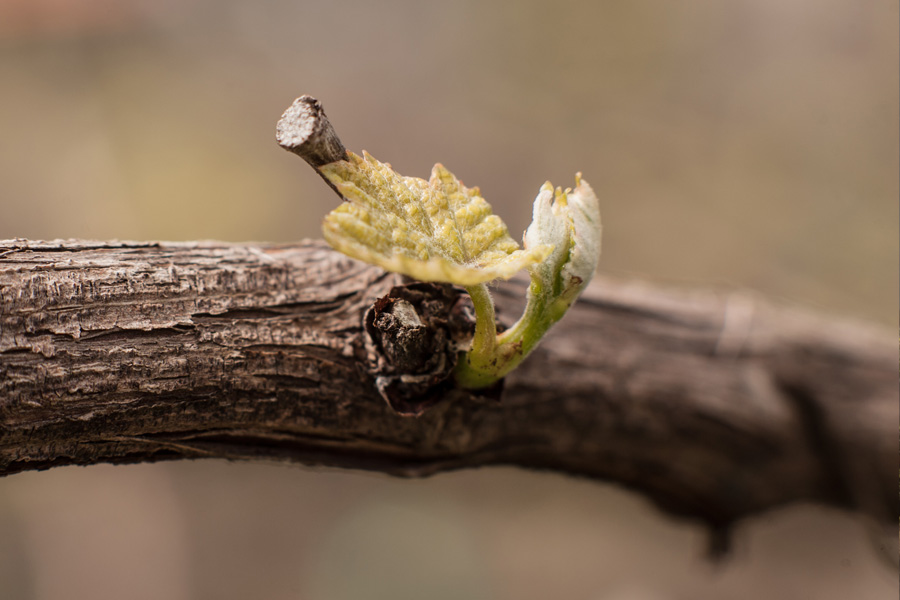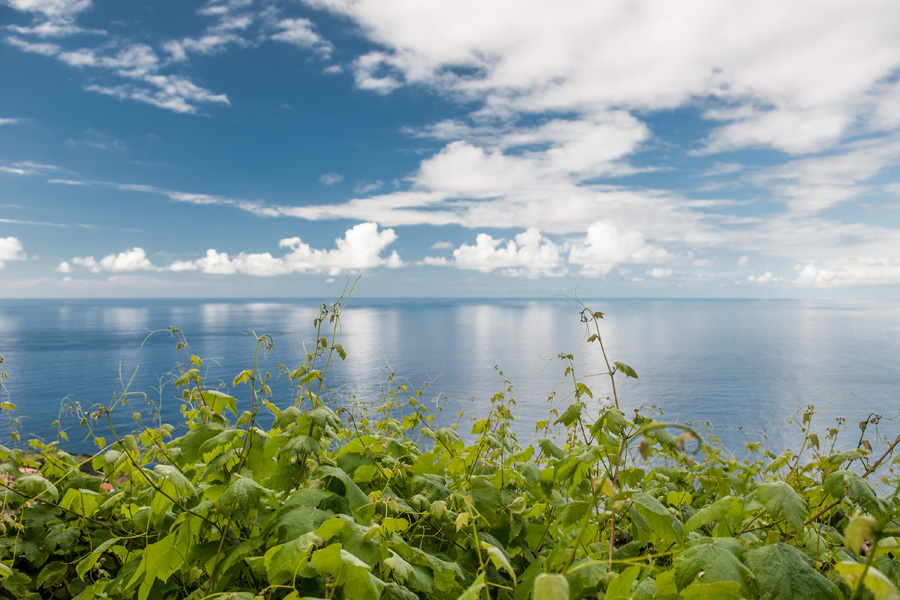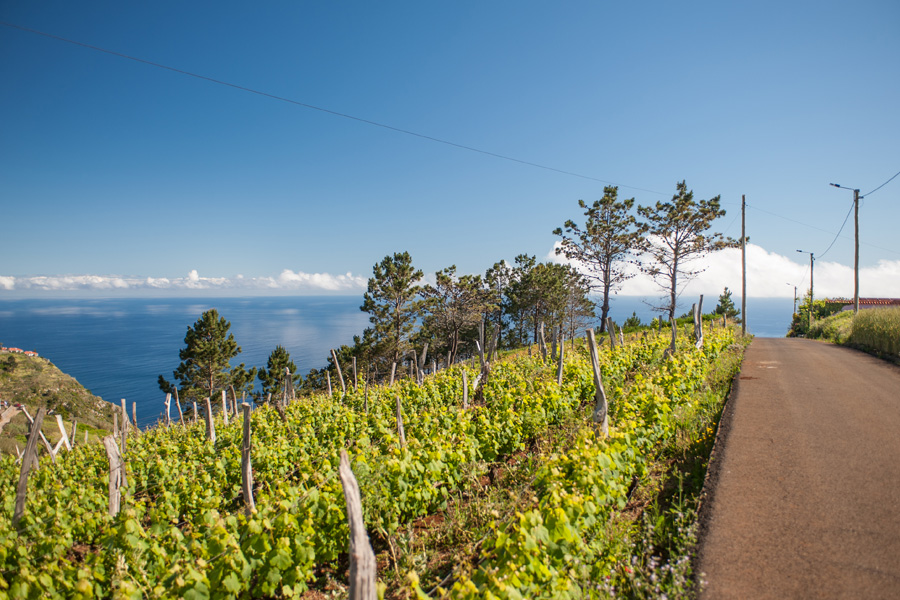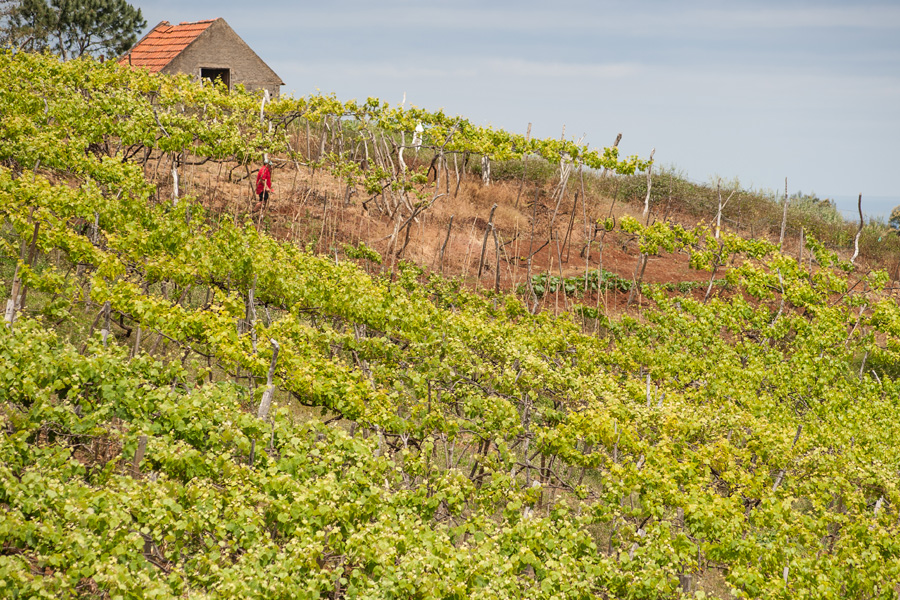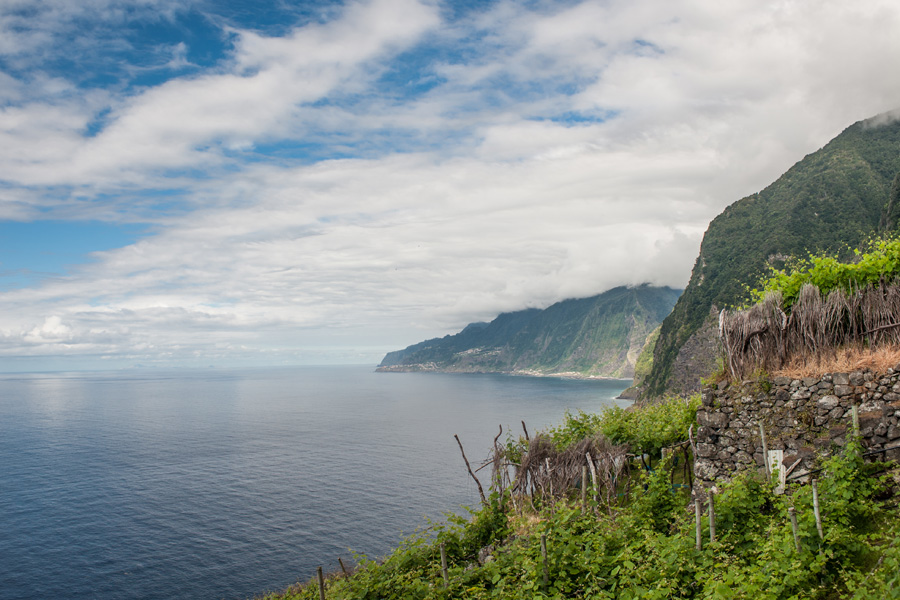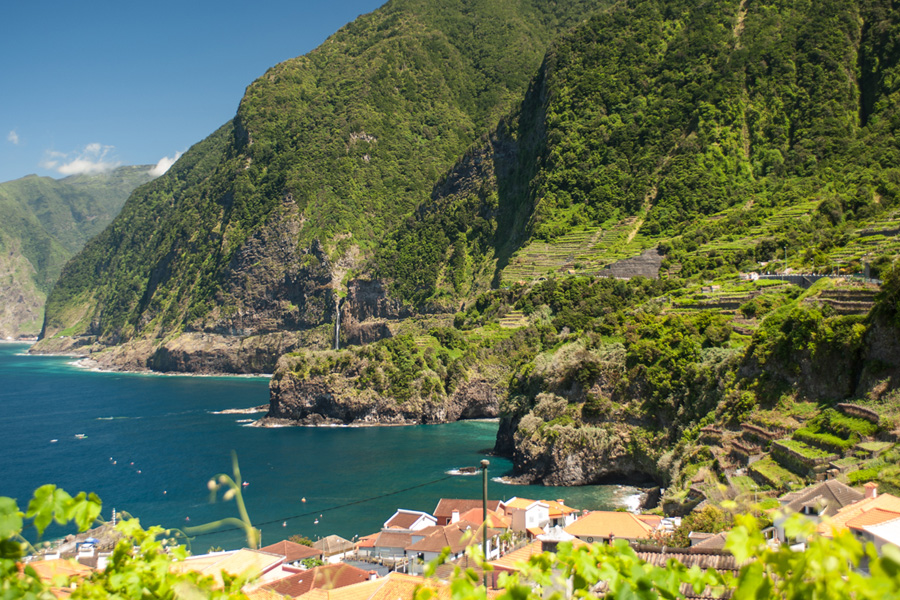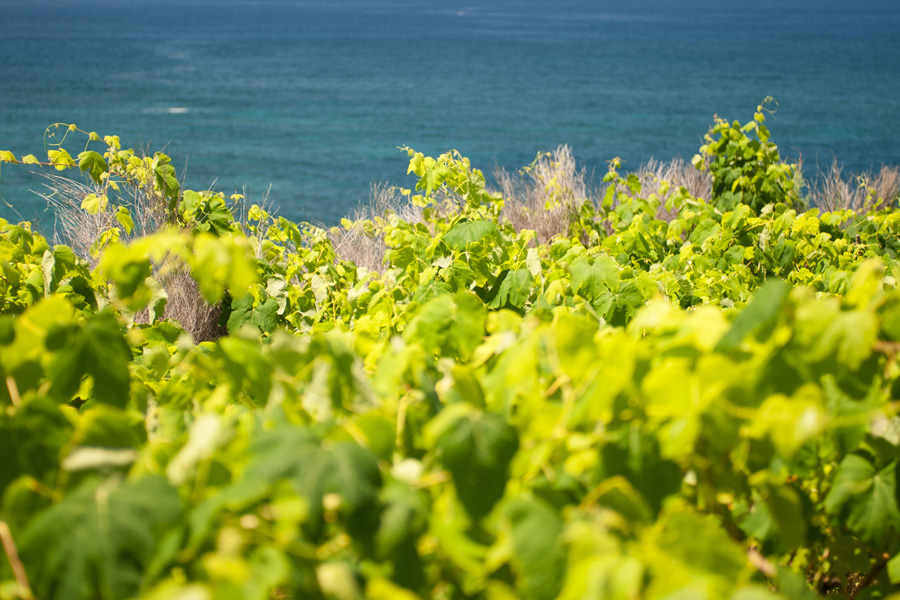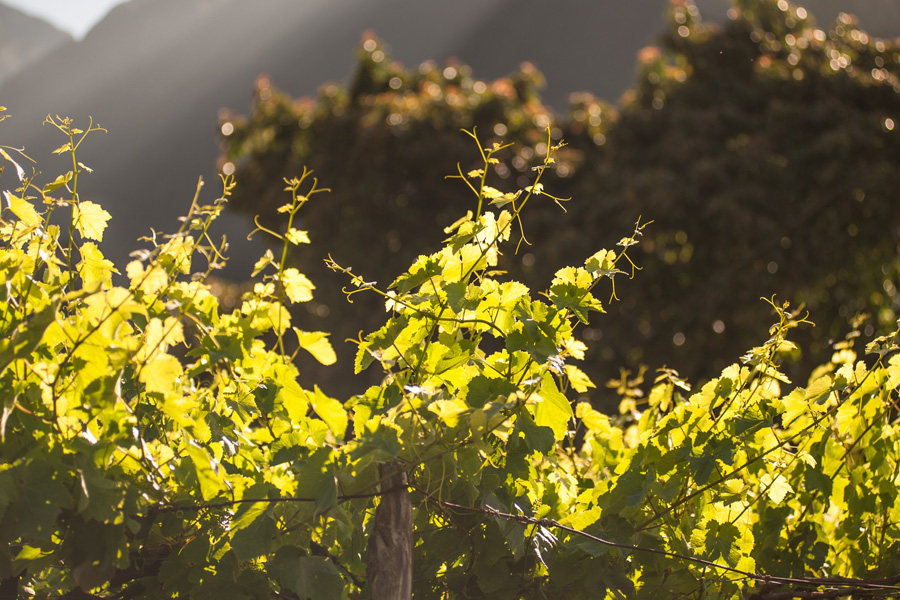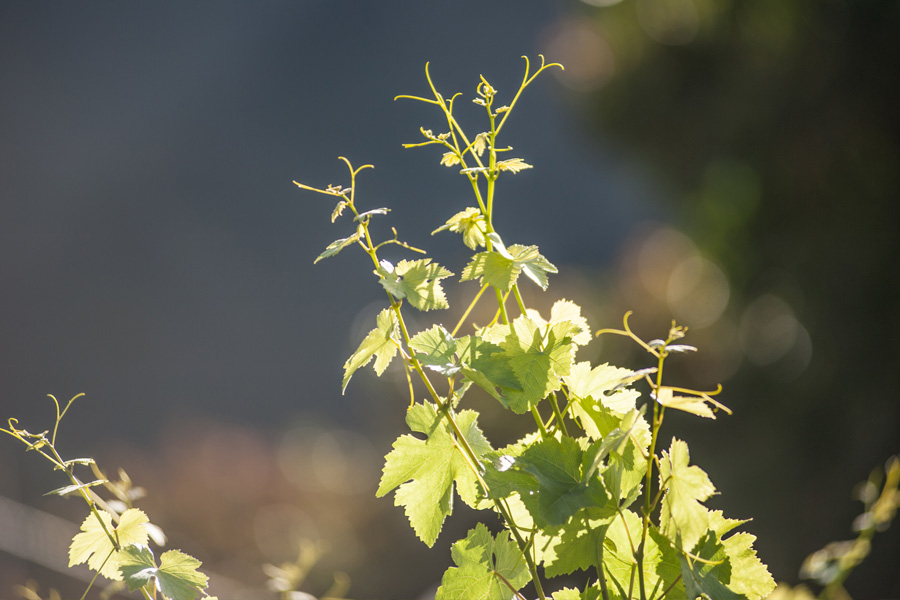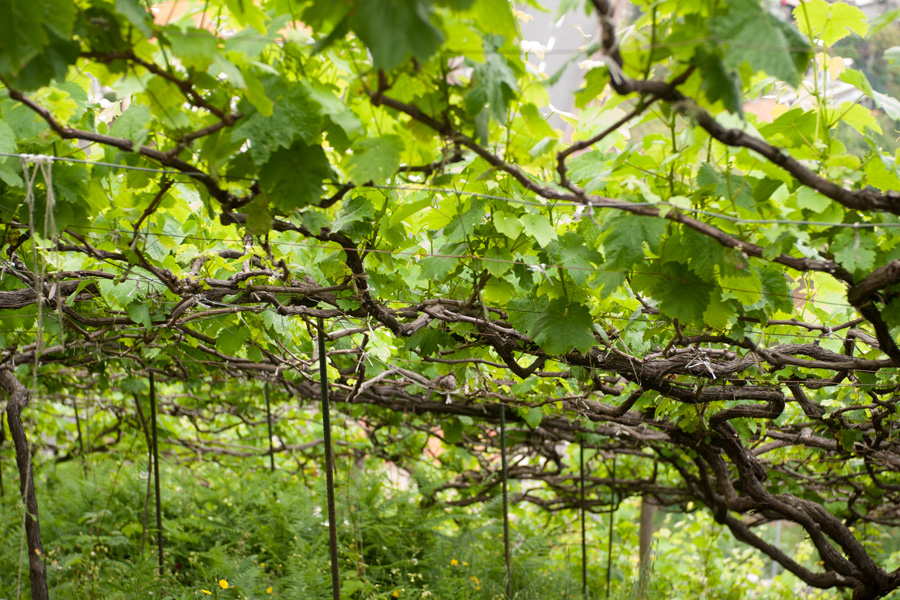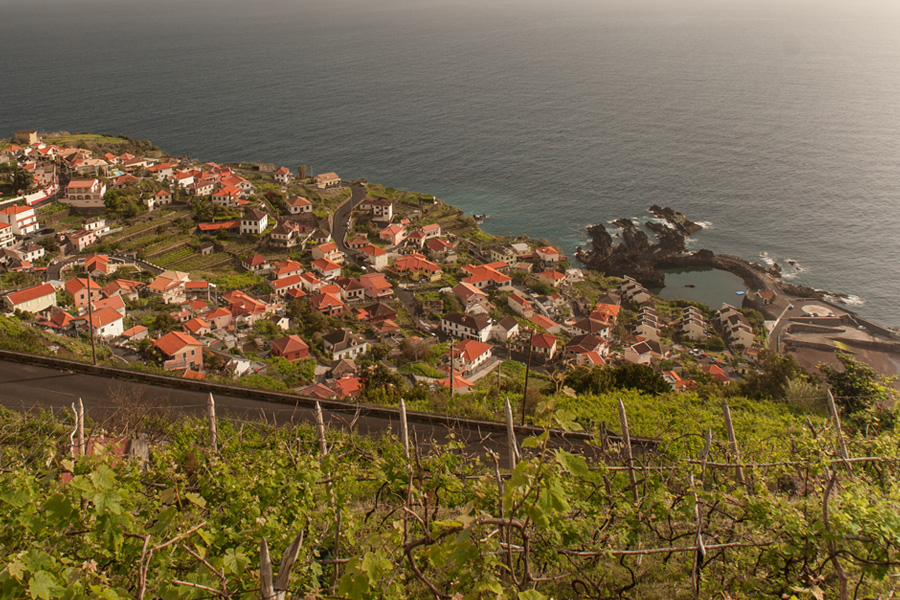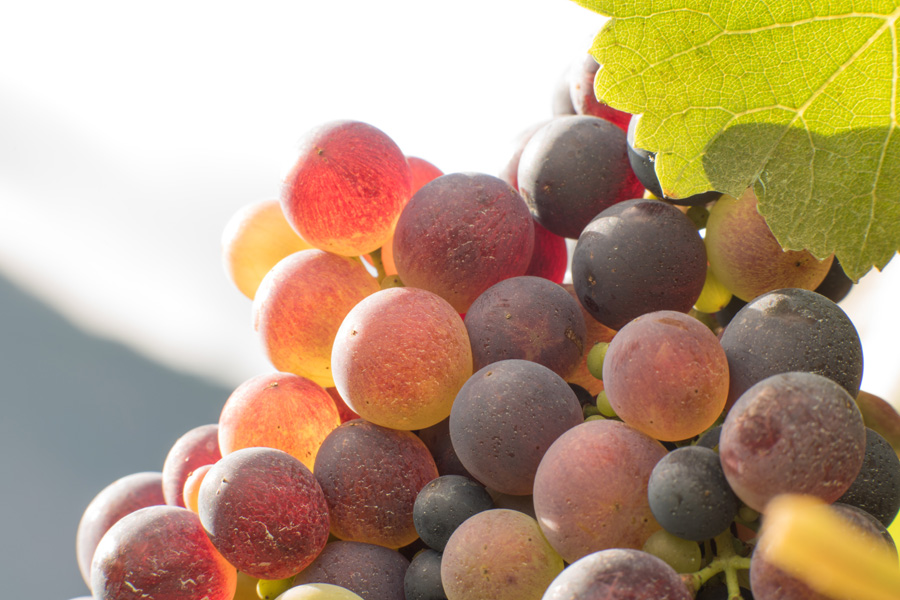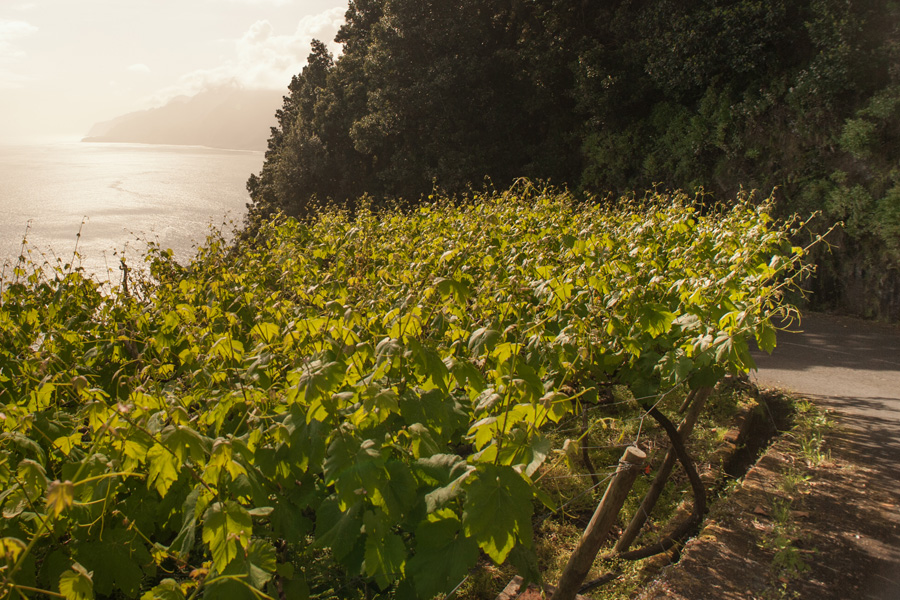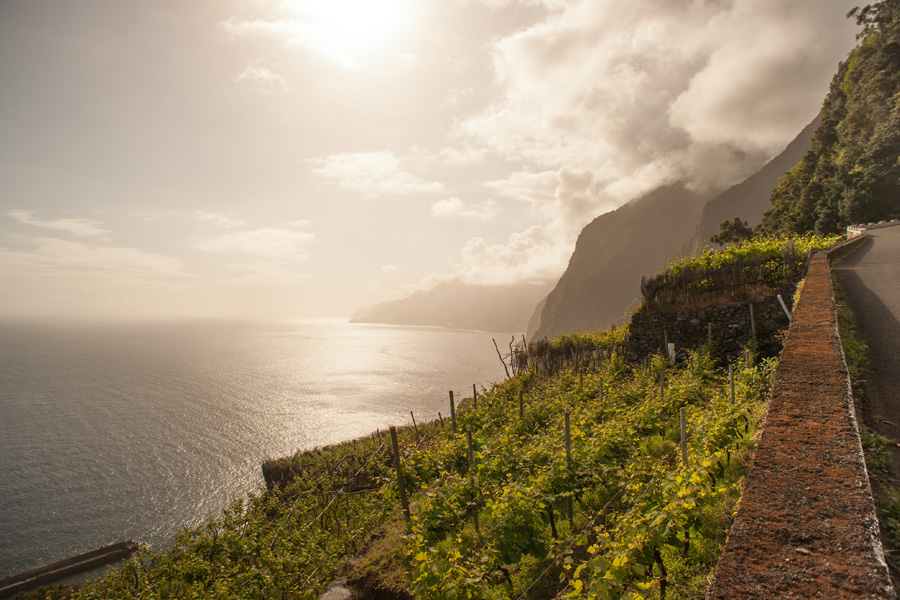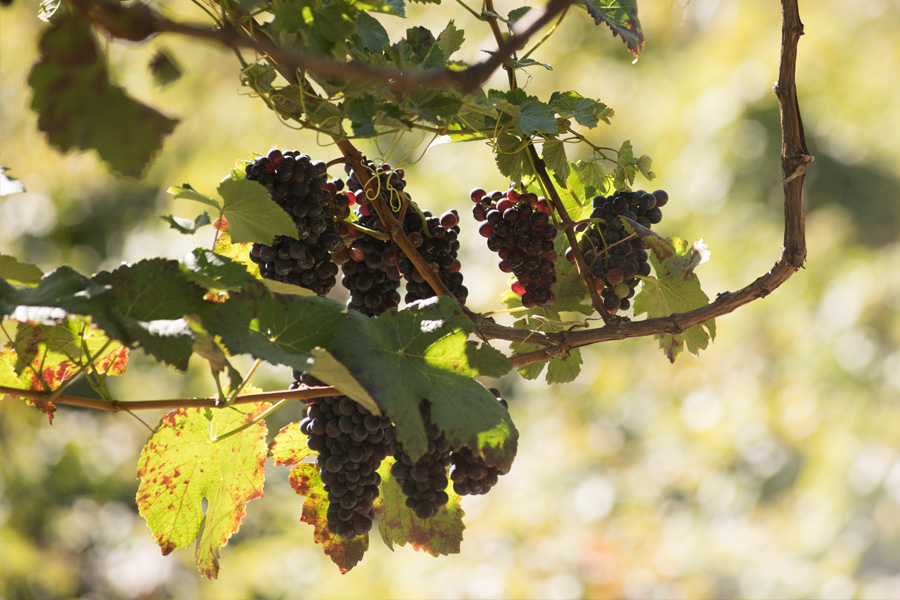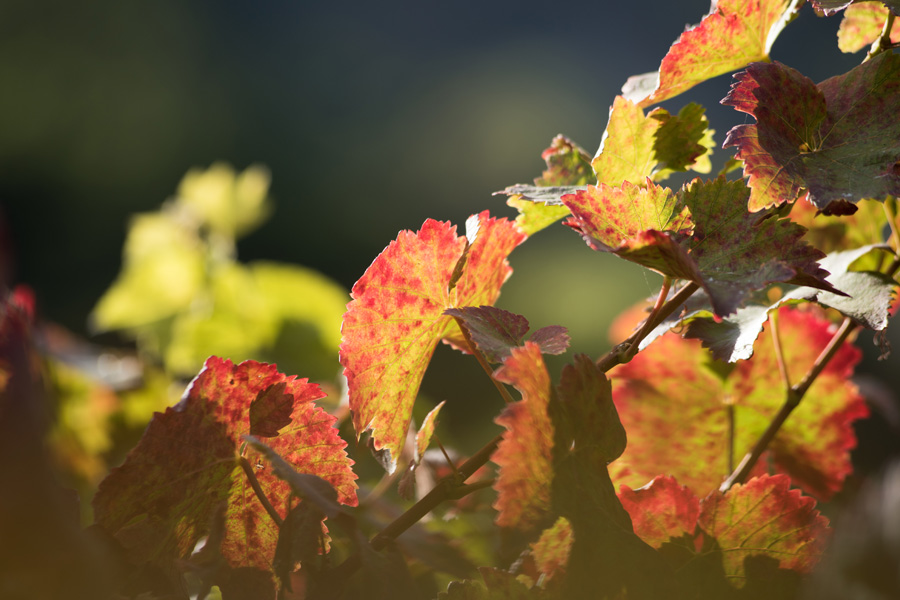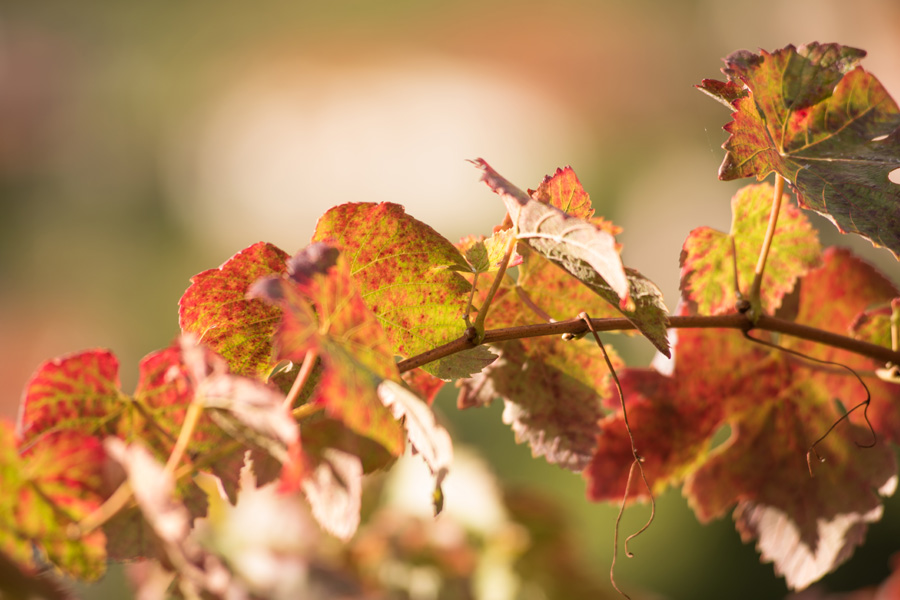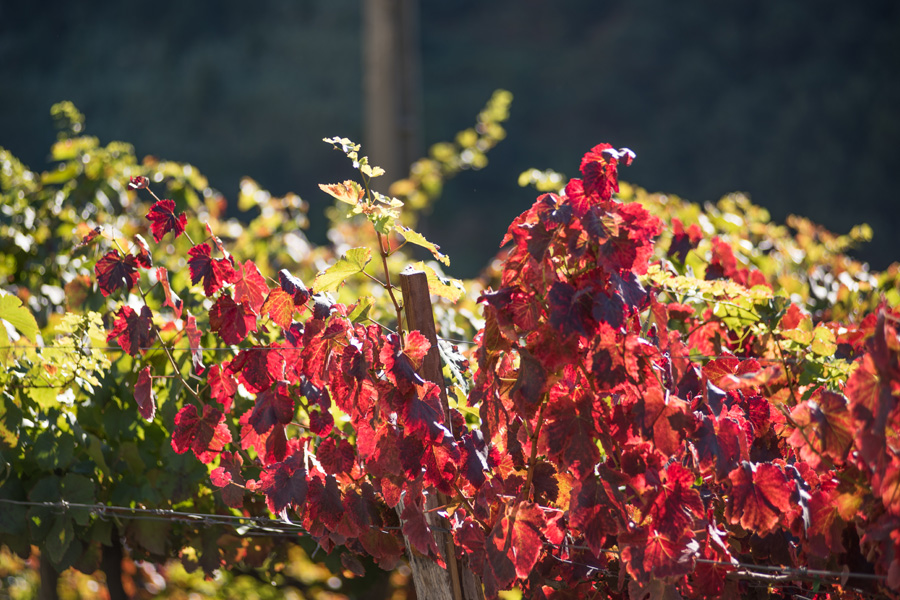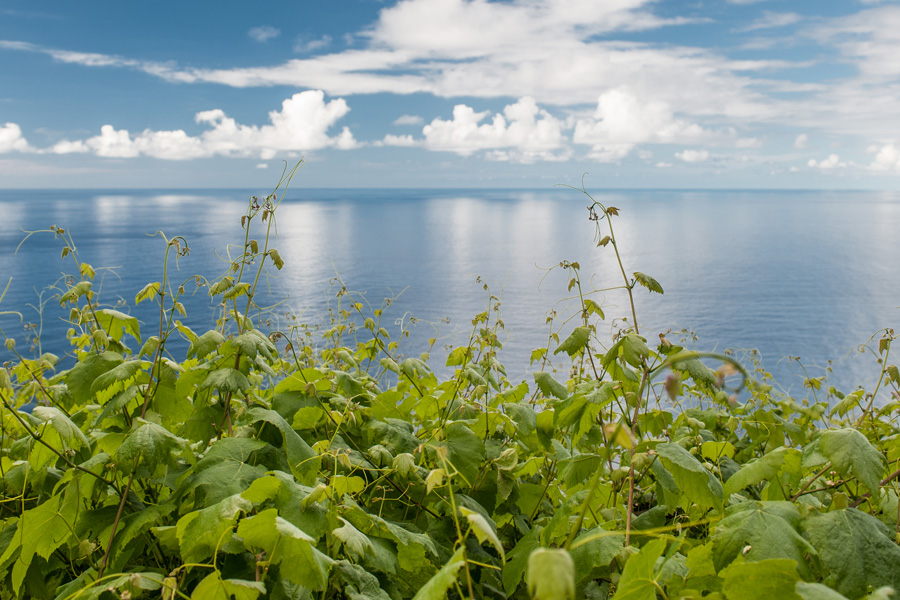
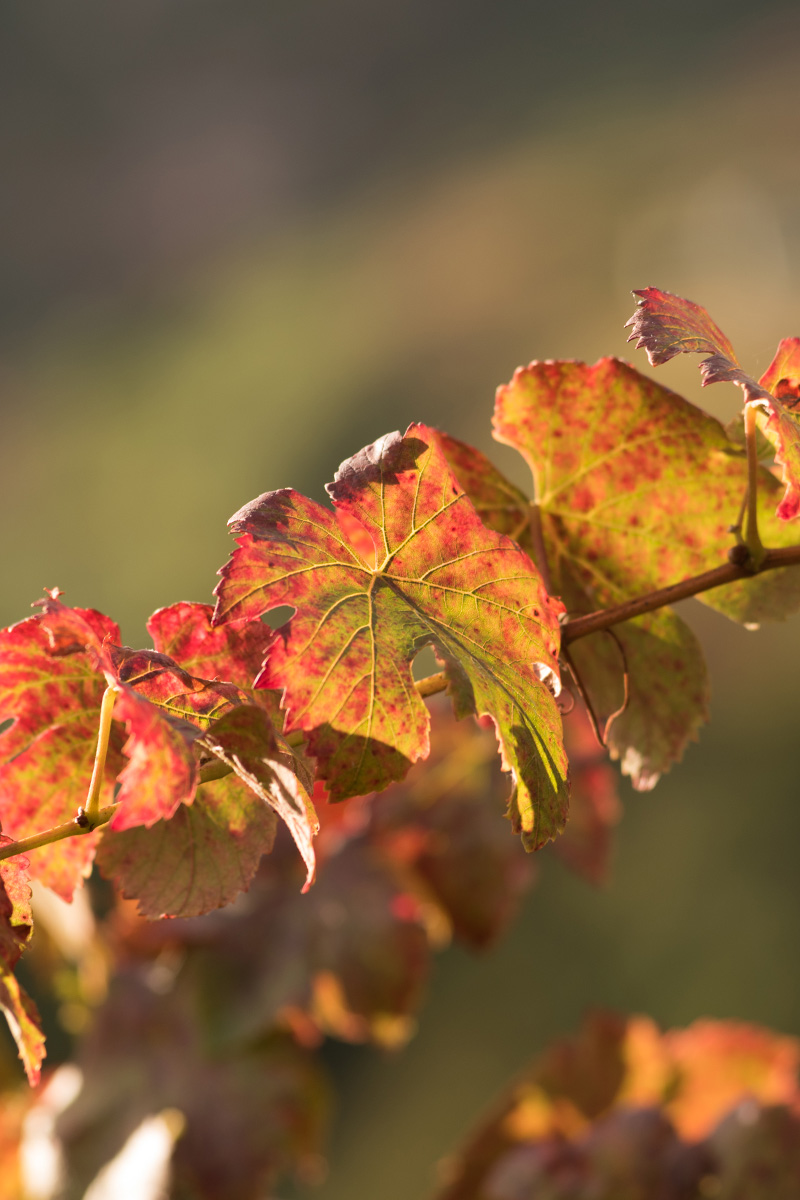
Madeira has been producing wine since when it was discovered and colonised in the beginning of the 15th century. The first settlers came mostly from Northern Portugal and they brought their vines with them. There are also records that Henry the Navigator had sweet Malvasia (Malmsey) grapes from Crete planted on the island as early as 1450.
The impressive Madeira vineyards sprawl up the steep hills in step like terraces supported by volcanic stone walls. It is a wonder to think of the effort and labour that went into making these neat basalt walls made without mortar so as to guarantee proper drainage. On your rambles around the dazzling Madeira Island you might see a whole hillside of vineyards but more often than not these vineyards belong to dozens of small producers and not to one sole owner.
Irrigation is done using the ‘levada’ system: a network of more than 1000 km of irrigation channels (Madeira Island measures only 57km at its widest!) that collects water from fresh mountain springs and rivers and takes it all over the island to water agricultural land. They are a veritable feet of engineering and building began as soon as settlers arrived on the island. It was incredibly difficult to sculpt Madeira Levadas out of the basaltic cliffs and valleys, and it is said that Dom Afonso de Albuquerque took ‘levadeiros’ (levada builders) with him to Abyssinia in 1508, thinking he was going to dam the Nile.
Today the levadas provide the perfect pathways to discover the many hidden treasures this island has to offer, winding your way amongst primitive forests and colourful gardens and remarkable vineyards.
The vines that bear the grapes that make Madeira Wine are grown in two different ways: the ‘latada’ or pergola like, is the more demanding to prune and to pick the grapes at harvest time, but it gives the grapes greater exposure to the sun and is the most common system allowing between 2500 and 4000 plants per hectare; the vertical system called ‘espaldeira’ can only be used in less steep terrain, which is rare here, but it allows growers to plant between four and five thousand plants per hectare.
As land is so scarce on the island it is very common to see other produce like potatoes growing in between the vines, or even a yellow flowering weed called ‘azedas’ that help retain the moisture.
This means Madeira vineyards are pretty all year round as the azedas are in bloom in February and March when the vines are all naked, yet scultural, after being pruned!
